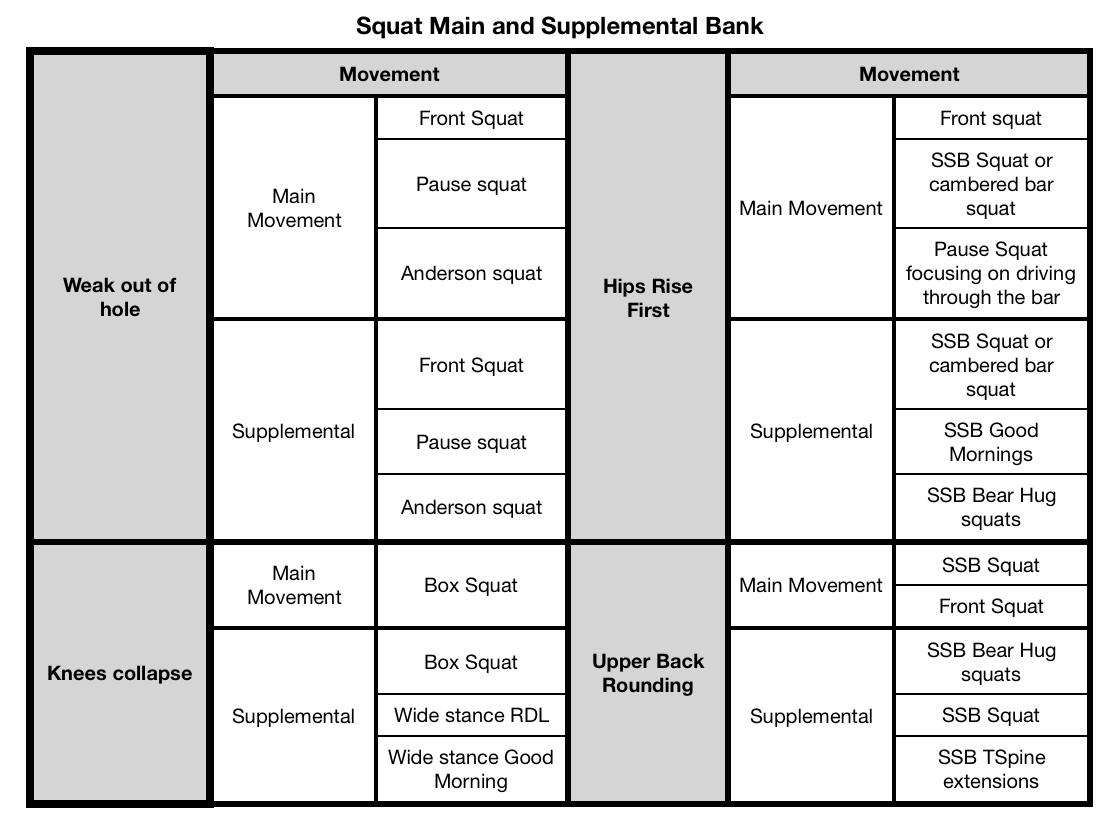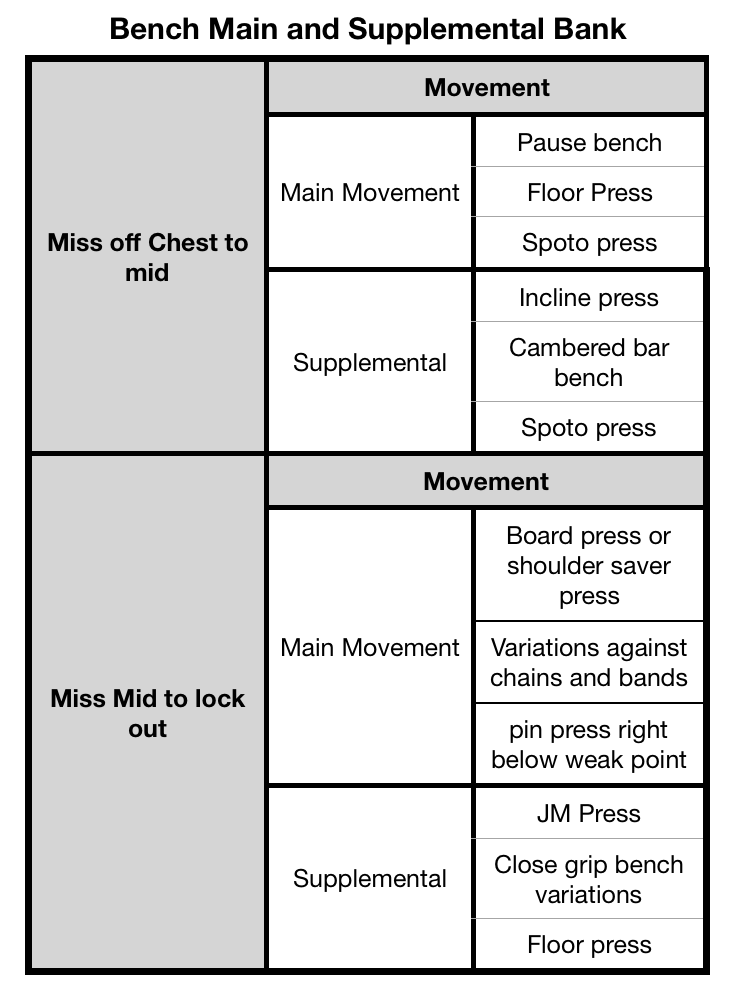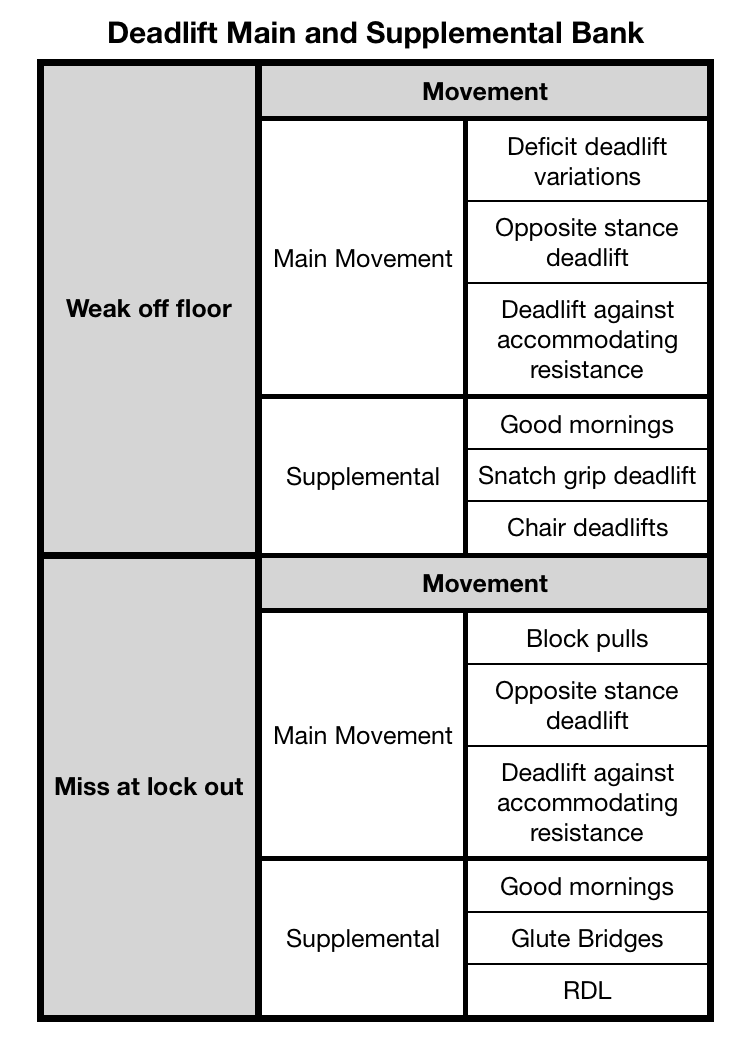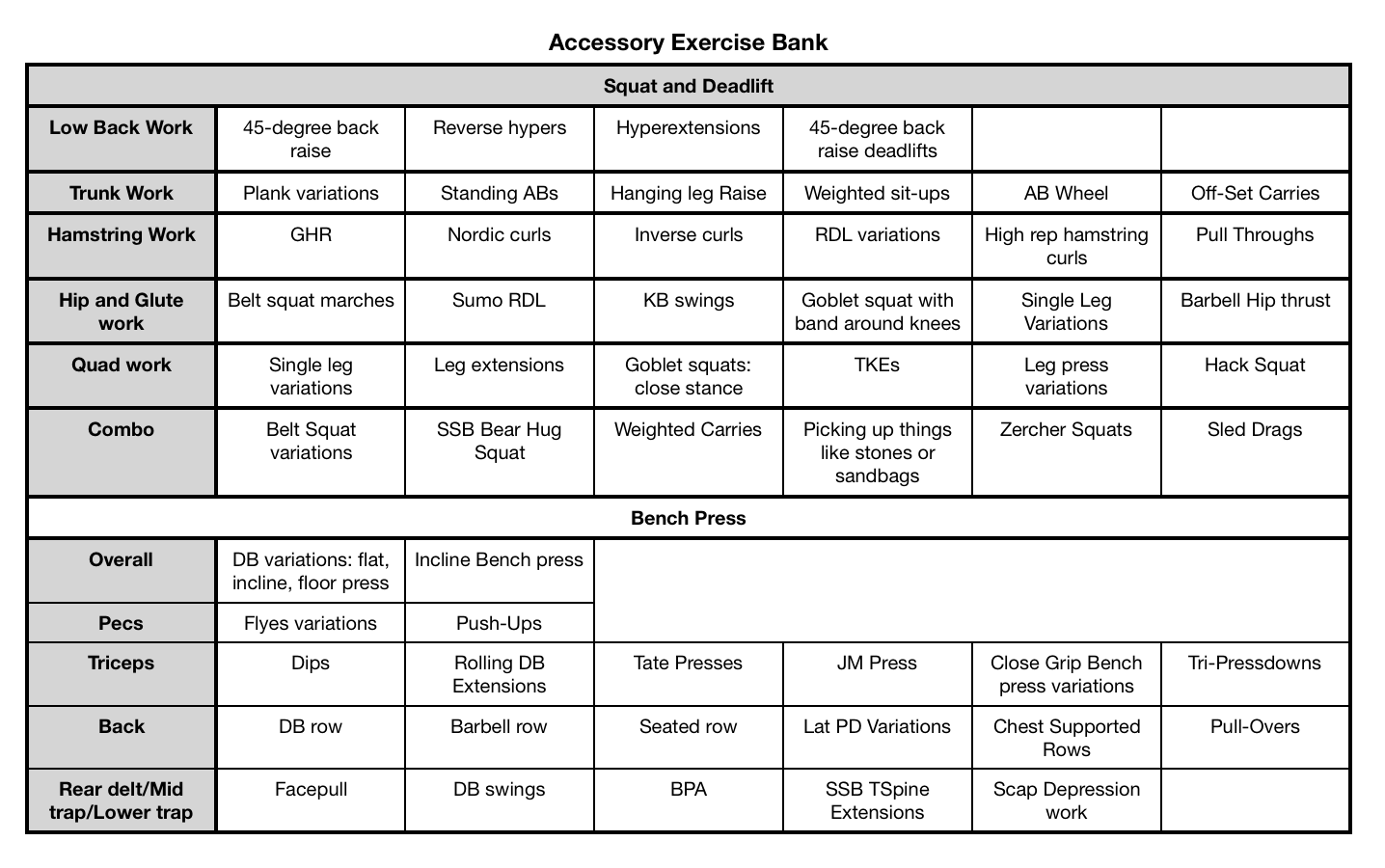Unleashing Strength: The Conjugate Powerlifting Method Explored
Unleashing Strength: The Conjugate Powerlifting Method Explored
Section 1: The Foundations of Conjugate Powerlifting
Subsection 1.1: The Genesis of Conjugate
The Conjugate Method was born from the relentless pursuit of strength and the desire to break through plateaus. Rooted in Louie Simmons' innovative thinking, this methodology emphasises variation, accommodating resistance, and targeted accessory work.
For further reading on the conjugate method checkout:
The Conjugate Method: Enhanced Through the Research of Westside Barbell by Louie Simmons
Subsection 1.2: The Three Pillars of Conjugate
1. Max Effort Method:
- On this day, you'll be pushing your limits, with top sets at 90 percent and above, often aiming for a 1RM.
- Rep range may vary depending on the training phase, typically ranging from one to three reps.
- It's crucial to understand the phase's goals and avoid going all out every week.
- A recommended rule is to limit PR attempts to no more than two for the day.
2. Dynamic Effort Method:
- Also known as speed work, this method involves training sub-maximal weights with maximal speed to enhance rate of force development and recruit higher threshold motor units.
- Squats typically involve 10-12 sets of two reps, bench is eight to nine sets of three reps, and deadlifts range from six to ten sets of one rep.
- Percentages vary and may incorporate accommodating resistance like bands and chains, ranging from 45 to 65 percent.
- Rest periods should be kept between 45 to 60 seconds to maximize muscle fatigue and technique refinement.
3. Repeated Effort Method:
- This method focuses on lifting non-maximal loads with maximal force to fatigue, working on improving deficiencies and strengthening weaknesses.
- Main movements are performed in the three to six rep range, always leaving a few reps in reserve to avoid going to failure.
- Accessory movements follow a set and rep scheme tailored to complement the main movement's goals, typically falling between 60 to 80 percent of your max.
Each method is strategically structured to target different aspects of strength development, providing a well-rounded approach to powerlifting. Understanding the purpose of each method and how they complement one another is key to maximising progress and achieving your strength goals.A workout journal is a must to keep track of this complex training system:
Section 2: The Art of Variation
The essence of the conjugate program lies in dedicating the majority of your training time to improving your specific weaknesses. It's important to avoid fixating solely on exercises like bench pressing, especially if your lockout strength is lacking. Instead, focus on training the lockout phase and the relevant muscle groups. Select movements that directly target your identified weak points.
Identifying your weaknesses requires a level of self-awareness and a willingness to put aside ego. This is why having a coach can be invaluable, as they can provide objective insights into areas that require the most attention.
Another integral aspect of conjugate training involves regularly rotating your exercises while maintaining a balance of variation. It's essential not to stray too far from the core Big Three Movements. As you'll observe in the exercise pools outlined below, the primary movements closely align with the competition movements..
Section 3: The Role of Accommodating Resistance
Accommodating resistance, commonly implemented with bands and chains, involves adjusting resistance levels throughout the entire range of motion rather than at a specific point. This allows for a tailored approach to an individual's strength curve, providing an optimal stimulus for muscle growth, strength gains, and enhanced power output.
While some may use bands and chains for aesthetic purposes on social media, it's crucial to consider the intention behind their application. In practice, it's advisable to primarily incorporate them on dynamic training days, especially for newer lifters. However, for intermediate lifters, they can also be beneficial on max effort days if deemed necessary.
These tools are valuable for teaching individuals to exert force against a resistance beyond just gravity. Bands, in particular, amplify the production of kinetic energy, leading to improved reversal strength and the capacity to absorb and distribute force effectively.
Additionally, accommodating resistance creates a unique challenge by making the load heavier at the top and lighter at the bottom of the movement. This prompts explosive force generation from the bottom, a critical phase for producing maximal force. As you ascend, the load gradually increases, promoting a substantial boost in rate of force production and training explosiveness.
It's important to note that bands and chains should only be utilized if they address specific weaknesses. Many successful lifters have thrived without their incorporation, emphasizing that they are simply additional tools in the training arsenal.
Selecting the appropriate bands and chains depends on various factors. For most beginner and intermediate lifters, the following setups tend to be effective:
Bench Press:
- Bands: Red or Black bands
- Chains: 1-2 chains per side
Squat:
- Bands: Black bands OR Black and Red bands
- Chains: 2-3 per side
Deadlift:
- Bands: Purple or Green bands
- Chains: 2-6 per side
- 20KG chains
- 16KG chains
- 12KG chains
A key guideline to remember is to avoid having more tension from accommodating resistance than the weight on the bar. Proper setup of chains and bands is crucial for their effective use in training. Avoid the common mistake of allowing chains to hang in a single line.
Section 4: Accessory Work and GPP
Subsection 4.1: Fine-Tuning the Machine
Accessory work plays a crucial role in the Conjugate Method, targeting specific muscle groups and imbalances. General Physical Preparedness (GPP) lays the groundwork for powerlifting success.
Conclusion: Elevate Your Strength, Embrace the Conjugate Method
As we conclude this journey through the Conjugate Method, I invite you to embrace the versatility and effectiveness of this revolutionary training approach. The conjugate sequence system proves highly effective for lifters of all levels. When employed thoughtfully, it can yield excellent results for beginners and intermediate lifters in the raw lifting category.
Keep in mind: It's crucial to invest time in learning and understanding this system. Avoid making assumptions or forming opinions about something you haven't thoroughly grasped. When implemented with the appropriate exercises, well-designed set and rep schemes, strategic planning, and precise execution, there are few systems that can rival its effectiveness.
By integrating the principles of maximal effort, dynamic effort, variation, and accommodating resistance, you too can unlock untapped potential within yourself. Embrace the Conjugate Method, and embark on a journey towards unparalleled strength and athletic prowess.







Comments
Post a Comment